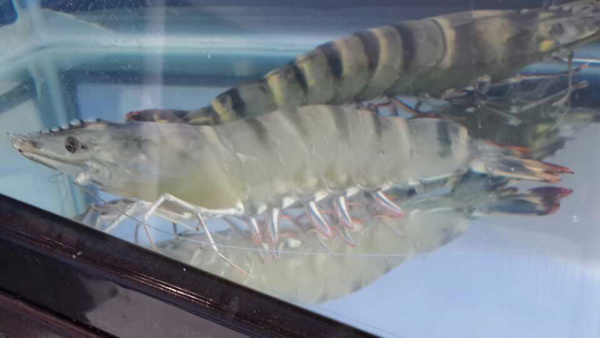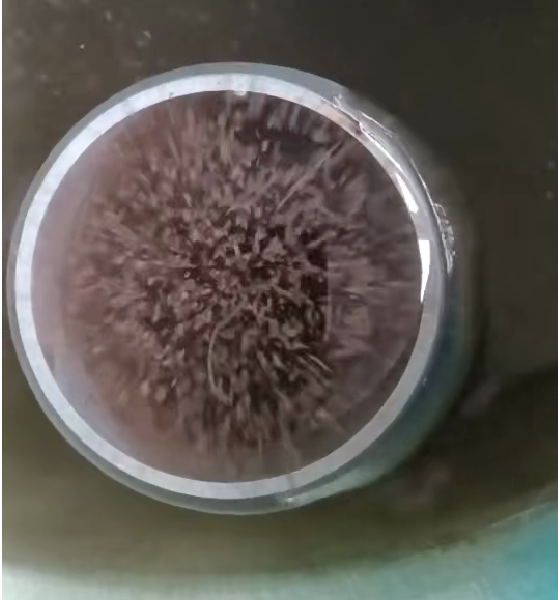How to establish a factory aquaculture system?
How to avoid factory aquaculture: "See will, do waste"?
Factory aquaculture is a new type of aquaculture mode which is very popular in recent years. This new model of agricultural farming includes factory fish farming, factory shrimp farming, and factory aquaculture. It has many advantages. The first is environmental protection. No effluent is discharged outward, or the discharge is very small. It's easy to meet environmental standards. Another is the ability to resist risk is strong. The traditional soil pond culture mode is subject to the changes of external water sources, weather and other factors, which easily causes the fluctuation of water quality, and then causes the high incidence of fish and shrimp diseases and pests. And factory aquaculture is generally carried out in greenhouses, which can avoid the impact of these factors on water quality. To some extent, the external risks of aquaculture can be greatly reduced.
But factory aquaculture. Still, it's not as simple as many people think. In recent years, many people have published papers and academic researches on industrial aquaculture. But aquaculture is ultimately a practical science. He needs to continuously improve and optimize the details through practical operation on the basis of theory, so as to achieve high efficiency, low risk and low cost. The final fish or shrimp can make money when it comes to market. That's what counts as success.
And there is a considerable part of the factory aquaculture, the initial investment is huge. A lot of problems will be found in the breeding process, and the cost of system modification in the later stage is very high. What is more, some projects are mainly aimed at obtaining agricultural subsidies, and specific Aquaculture technology reserves are insufficient. In the event of a system failure. As a result, most factory aquaculture projects in recent years have failed. By failure, we mean that the initial investment cost cannot be recovered within three years, or a large number of fish and shrimp deaths occur in the process of farming, and then the project is forced to stop.

Industrial aquaculture generally consists of the following components: water filtration system, thermostatic system, oxygenation system, sterilization system, biofiltration system, and water quality testing iot system. How to avoid factory aquaculture: "See will, do waste"? In addition to mastering the necessary basic aquaculture techniques. But also a deeper understanding of the biological habits of the current species. In systematic selection, avoid "shopping around and choosing the cheapest one".
I have even seen some so-called factory aquaculture, even in the open air, with some galvanized canvas fish ponds as aquaculture ponds. You can't actually call it factory aquaculture. This is because such projects tend to pump water from the outer pond into the breeding pond, where high-density farming takes place. The waste water then flows back into the outer pond. The advantage of doing this is that. The outer pond acts as a filter purifier. The water is filtered, and the quality may be slightly better than in traditional pond farming. It is similar to some racetrack fish farming. But after all, it is open air, once there is a sudden change in the weather, there are typhoons, rainstorms and other circumstances. Water quality will have dRAStic changes, and then cause the stress response of fish and shrimp, resistance to decline. Fish and shrimp are prone to pests and diseases. Bring huge loss to breed farmer. This has been happening for a long time.
How to avoid factory aquaculture: "See will, do waste"? In addition to some of the above mentioned Aquaculture technology to have a basic gRASp. But also in the actual operation to find the problem, analysis of the problem, solve the problem. So, the whole factory aquaculture system, there's quite a bit of detail to pay attention to. If one detail falls short. It could cause the whole system to collapse. This is called "the devil is in the details."
As an example, consider microfilters commonly found in factory aquaculture equipment. Fish and shrimp droppings tend to be banded and not so loose. If the manure remains in the water for too long, it will become loose and the particles will become smaller due to the action of the microcurrent. At the same time, under the action of bacteria, some of them will decompose into soluble ammonia nitrogen or nitrite and other harmful substances. Therefore, it is very important to filter the feces out of the water in the first place. So the feces as a whole, through the artesian flow into the filter of the microfilter, and then through the automatic back cleaning of the microfilter, the feces and residual bait separated from the water. This is the correct way to open the microfilter.
And if the water pump is designed in front of the microfilter, the fish and shrimp feces will be broken by the high speed rotating pump impeller when it passes through the pump. We know that the filtration accuracy of the microfilter is generally above 60 microns. Particles smaller than 60 microns are difficult to filter. So this part of the organic suspension less than 60 microns in diameter, can not be filtered out by the microfilter, they will be broken down into ammonia nitrogen and salt and other harmful substances in the water. How to filter out these particles smaller than 60 microns, we should like the above situation. Avoid the sewage of the breeding pond, first through the pump and then through the microfilter. If these details are not designed correctly, the system is prone to collapse and large amounts of ammonia nitrogen and nitrite accumulate. Even with large biochemical filtration systems, these ammonia nitrogen and subsalts cannot be decomposed from the water in time. The cost of the system increases dramatically. It can also easily lead to the failure of the entire factory aquaculture system.

Professional factory aquaculture system, must be repeated through the actual operation verification, improvement and come. So, let's stop with that for now. In future articles, we will gradually share more professional knowledge about factory aquaculture. Welcome to your attention.

